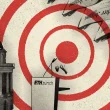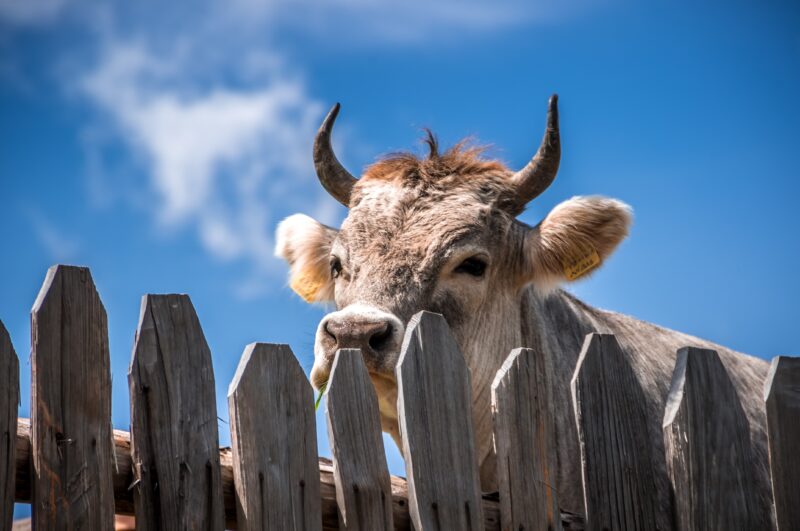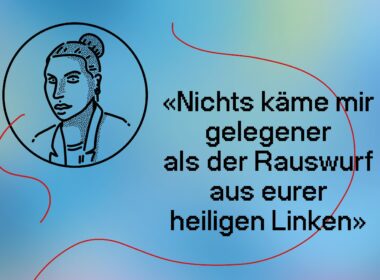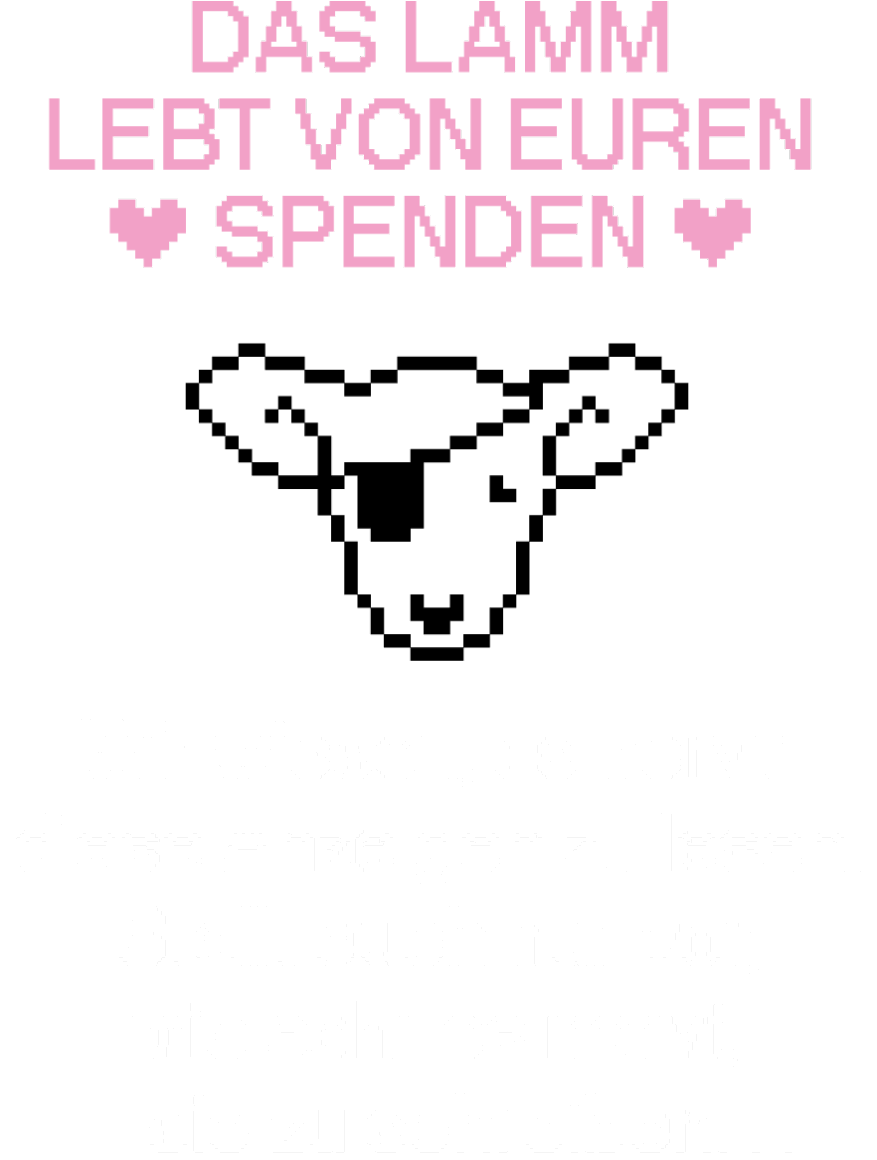Yes, I know! It took a while, but we are finally going to talk about one of the most famous things which the Swiss are known for: the SWISS STARE! It is common knowledge that being neutral is closely associated with being Swiss. Guess what is not neutral about some Swiss people? Their stare.
The Swiss stare is full, direct, long, gawking, unabashed, unashamed. While certain cultures preclude being caught in a stare as rude, that is not on the 100-point-list of concerns for a Swiss person.
The Swiss people who stare want the person or object that is being stared at to know that it is being stared at. The Swiss stare is to be felt, almost palpable to touch. Every time I experience the Swiss stare, it always feels as if someone is peering into my soul.
Follow Medinat, as she chronicles the lived experience of a Nigerian living in Switzerland. With a mixture of humour, satire, story-telling and metaphorical symbolism, Medinat’s monthly highlights will reveal to you Switzerland and the Swiss in ways you never knew, never imagined, or never noticed. She is after all living her new Swiss life the Nigerian (naija) way. Medinat is a Senior Lecturer at the ETH Zurich.
Many believe that staring is the Swiss way of staying abreast of every and anything that is happening around them. In other words, it is a form of security apparatus:
If you can see it early enough, then maybe you can fix it early enough. Others believe that the Swiss stare because they are naturally curious. About what you might ask, and you will be told “about anything”. FUNNY!
The Swiss stare is full, direct, long, gawking, unabashed, unashamed.
A lot of people would give a million francs to know why the Swiss stare the way they stare. Not me by the way. I already have my answers in the types of Swiss stares I have witnessed or encountered as I live this Swiss Life the Naija way:
- Induced by exoticness: The stare induced by exoticness is full-blown, done with all aspects of the face and jaw. It is a mix of curiosity and quizzical admiration summoned by something the Swiss find different but interesting.
Like a mixed-race couple walking on the streets of a Swiss city. It is the stare that conveys a „oh my God, that is 2 opposite worlds coming together”-look. It starts with a stare first at the one that appears to be familiar (the white partner most times).
Then the stare falls on the one that is considered „alien to the norm”, and then back to the familiar as if to say „wow, so you went round the world and chose a different specie”.
Then comes the „realization smile” etching on the starer’s corner lips which depicts „to each its own”. If you look back at the starer, they will normally not look away. That would not constitute a fully-fledged Swiss stare!
If you can see it early enough, then maybe you can fix it early enough. Others believe that the Swiss stare because they are naturally curious.
- The Silent Condemnation: This one is long and hard, involving the fullness of the eyeballs and the twitching of the nose simultaneously. It is called upon when the Swiss are too diplomatic to openly condemn you for a „discourteous” act in a public space.
Did you dare to occupy more than one seat on the tram by placing your shopping bags on two other seats? What were you thinking??? With the silent condemnation stare, the Swiss are covertly willing you to realize the foolishness of your own mistake and correct yourself.
Diplomacy at the highest possible level! Sometimes, you may get this stare veiled with a mixture of anger and rage especially in situations where the starer has no control. If you are chatting „loudly” in the airplane and someone gives you a look resembling the above, 9.8 times out of 10, they are Swiss!
- The Judgmental Stare: Short and crisp. No pretense. It says: „I do not believe you could actually be that stupid” in the span of 8.3 seconds.
It is the one stare that makes you realize that your bad deeds traced through your familial ancestry have just been judged in one single look. Did you litter the streets with a trash can just a few meters away from you? Then you probably deserved the judgmental stare!
Where I come from, to never be caught in a stare is a life skill because to be caught in one is embarrassing.
- The Gaping Gawk: This is the mother of all Swiss stares and has been universally acknowledged by all known social etiquette frameworks as simply RUDE. What makes it even more rude is that the Swiss have adopted a neutral stance to the rudeness of this stare (no surprise there!).
The gaping gawk is done with the eyes interestedly wide open, and lips slightly parted half in wonder and half in expectation of upcoming excitement. The nostrils are flared, ready to twitch upwards or sideways depending on the extent of the drama unfolding before the starer.
It is the stare that accompanies an event from its beginning until its end. Scenarios that can invite the gaping gawk include a child throwing a missile-size tantrum in the middle of the supermarket, or when a waiter or diner spills food or drink in a restaurant.
In short, in situations that the participants would have preferred to deal with in private, the Swiss gaping gawk is there to make sure that this does not happen as it screams: „SHAME, SHAME, SHAME!”
Where I come from, to never be caught in a stare is a life skill because to be caught in one is embarrassing. As a Nigerian, you learn to look without being seen and to observe without being noticed. If peradventure, you are ever caught in a stare, you blank your eyes without moving them or your face.
You keep looking in the same direction but with zero emotions on your face. You look straight, keeping your eyes now at the back of what or who you were staring at, so much so that the person who caught you in a stare „realizes” they were not the object of your attention, even though they were!
I finally found something that Swiss people may want to learn from Nigerians. Yippee!
Journalismus kostet
Die Produktion dieses Artikels nahm 12 Stunden in Anspruch. Um alle Kosten zu decken, müssten wir mit diesem Artikel CHF 884 einnehmen.
Als Leser*in von das Lamm konsumierst du unsere Texte, Bilder und Videos gratis. Und das wird auch immer so bleiben. Denn: mit Paywall keine Demokratie. Das bedeutet aber nicht, dass die Produktion unserer Inhalte gratis ist. Die trockene Rechnung sieht so aus:
Wir haben einen Lohndeckel bei CHF 22. Die gewerkschaftliche Empfehlung wäre CHF 35 pro Stunde.
CHF 420 → 35 CHF/h für Lohn der Schreibenden, Redigat, Korrektorat (Produktion)
CHF 204 → 17 CHF/h für Fixkosten (Raum- & Servermiete, Programme usw.)
CHF 260 pro Artikel → Backoffice, Kommunikation, IT, Bildredaktion, Marketing usw.
Weitere Informationen zu unseren Finanzen findest du hier.
Solidarisches Abo
Nur durch Abos erhalten wir finanzielle Sicherheit. Mit deinem Soli-Abo ab 60 CHF im Jahr oder 5 CHF im Monat unterstützt du uns nachhaltig und machst Journalismus demokratisch zugänglich. Wer kann, darf auch gerne einen höheren Beitrag zahlen.
Ihr unterstützt mit eurem Abo das, was ihr ohnehin von uns erhaltet: sorgfältig recherchierte Informationen, kritisch aufbereitet. So haltet ihr unser Magazin am Leben und stellt sicher, dass alle Menschen – unabhängig von ihren finanziellen Ressourcen – Zugang zu fundiertem Journalismus abseits von schnellen News und Clickbait erhalten.
In der kriselnden Medienwelt ist es ohnehin fast unmöglich, schwarze Zahlen zu schreiben. Da das Lamm unkommerziell ausgerichtet ist, keine Werbung schaltet und für alle frei zugänglich bleiben will, sind wir um so mehr auf eure solidarischen Abos angewiesen. Unser Lohn ist unmittelbar an eure Abos und Spenden geknüpft. Je weniger Abos, desto weniger Lohn haben wir – und somit weniger Ressourcen für das, was wir tun: Kritischen Journalismus für alle.
Einzelspende
Ihr wollt uns lieber einmalig unterstützen?













